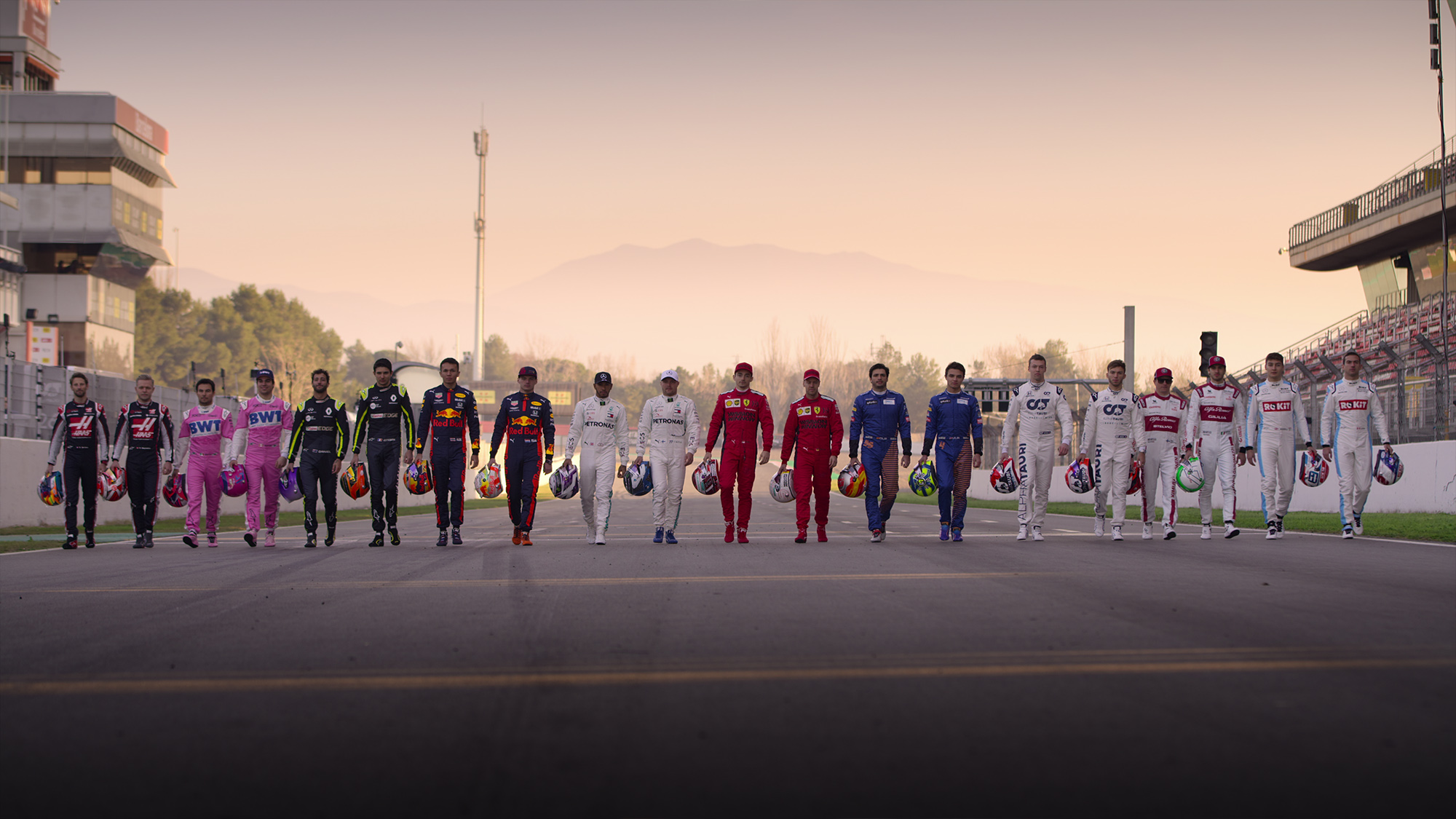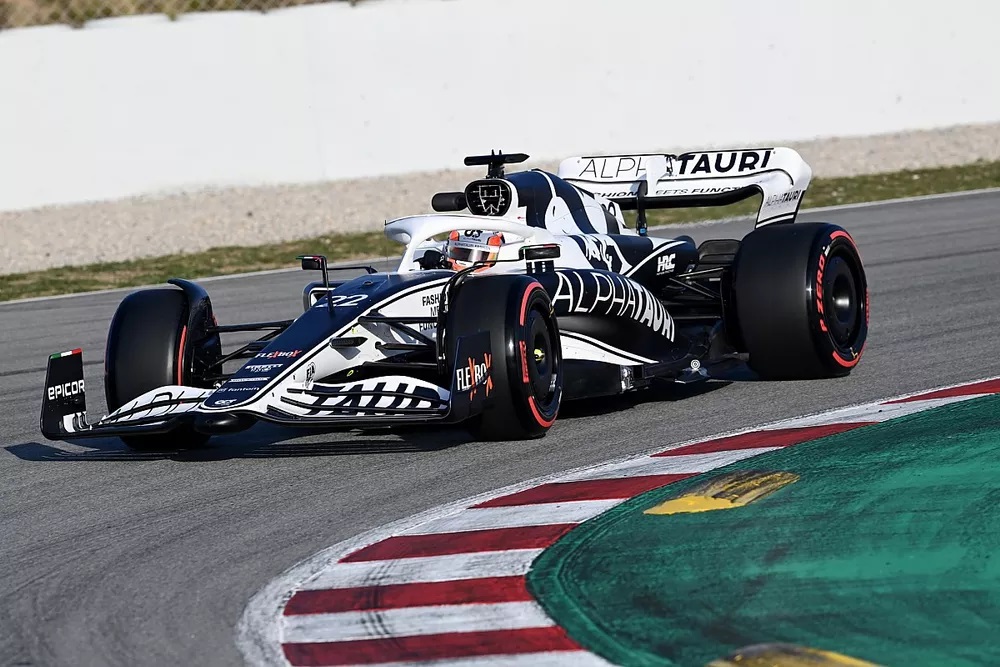
Netflix is no stranger to top-tier factual programming. The very best Netflix documentaries pluck the most fascinating of unknown stories from obscurity, heightening their emotional impact with talking heads, simulated role-play and an animation or two for audiences to enjoy in comfort and disbelief.
The latest season Formula 1: Drive to Survive, though – which began streaming on Netflix this weekend – has the particularly tricky task of dramatizing the events of a sporting season that defied even the imagination of the show’s usual scriptwriters.
No amount of ominous narration or slow-motion camerawork could ever do justice to the jaw-dropping spectacle that unfolded during the final lap of the 2021 Abu Dhabi Grand Prix, a moment of pure ecstasy for Max Verstappen fans and heartbreak for those supporting Lewis Hamilton.
An impossible task
Of course, Drive to Survive season 4 still employs all the familiar tricks to help its audience relive those fist-clenching scenes: cut shots of sadness to mirror the on-track woes. A particularly energetic crew member embodying the tension of a high-speed overtake. It's still one of the best Netflix shows, don't get me wrong.
But it’s also clear that Drive to Survive's latest episodes can't conjure the same feeling of awe that reality presented us with in 2021 – a pleasant reminder that sport is at its best when the unthinkable unfolds before our eyes.
That’s not to say the interviews and forensic reliving of the entire racing year won’t entertain and provide a fascinating level of insight, but the finale in Abu Dhabi still exalts and hurts fans in equal measure, and no documentary can ever hope to replicate that lived experience.
In the past, criticism has been levelled at Drive to Survive for its tendency to exaggerate action on and off the race track. Supposedly fictional rivalries, dirty politics and backstage bust-ups have become a feature of a show that has been credited with revitalizing interest in a traditionally inaccessible sport.
Get daily insight, inspiration and deals in your inbox
Sign up for breaking news, reviews, opinion, top tech deals, and more.

In some cases, that criticism holds water – in season 3, for instance, on-screen tensions between McLaren teammates Lando Norris and Carlos Sainz were later rubbished by the drivers themselves.
It figures, then, that some have claimed – in a racing season which saw title challenger Verstappen dethrone Hamilton in exceptionally controversial fashion – that the sport itself now plays second fiddle to the Netflix series it inspires (an allegation the show’s producers have fiercely denied).
Could race organizers really be sacrificing the integrity of Formula 1 for the sake of TV drama? Few know the real answer, but this writer remains sceptical.
In truth, the best moments in Drive to Survive’s four seasons have come from the little guys – from the stories swallowed up by the greater championship narrative in any given year.
How many times do we see or hear from Guenther Steiner on a Grand Prix weekend? Rarely. But the Haas team principal is indisputably the best personality to emerge from this supposedly fly-on-the-wall series, and so it’s true again with season 4.
EVEN FUNNIER AFTER SEEING THE MAZEPIN EPISODE ON #DriveToSurvive 😂😂😂 #F1 #Formula1 https://t.co/SfXiQIe1bPMarch 12, 2022
Yes, the battle between Max Verstappen and Lewis Hamilton hangs over proceedings like a dark cloud, but it’s the stories told in Drive to Survive’s earliest episodes that prove the most engaging – the stories that really do demand a fly on the wall to eavesdrop, else they go untold.
When else would we get to hear Steiner remark – particularly poignant given his recent dismissal – “that’s why people hate you” to his driver, Nikita Mazepin?
All this is to say that Drive to Survive season 4 – like all three seasons before it – succeeds most when showing us things we don’t already know.
You can’t replicate the magic of a championship finale when your audience already knows the outcome, but you can surprise and entertain with insight into the lives of those kept away from the media spotlight.
Netflix's latest ode to burning rubber is by no means a failure, then, but its creators would do well to remember that the show's driving force lies in bringing to light the unknown. In an often frantic race to the finish line, it's the smaller stories that consistently prove Drive to Survive's real apex.

Axel is TechRadar's UK-based Phones Editor, reporting on everything from the latest Apple developments to newest AI breakthroughs as part of the site's Mobile Computing vertical. Having previously written for publications including Esquire and FourFourTwo, Axel is well-versed in the applications of technology beyond the desktop, and his coverage extends from general reporting and analysis to in-depth interviews and opinion. Axel studied for a degree in English Literature at the University of Warwick before joining TechRadar in 2020, where he then earned an NCTJ qualification as part of the company’s inaugural digital training scheme.